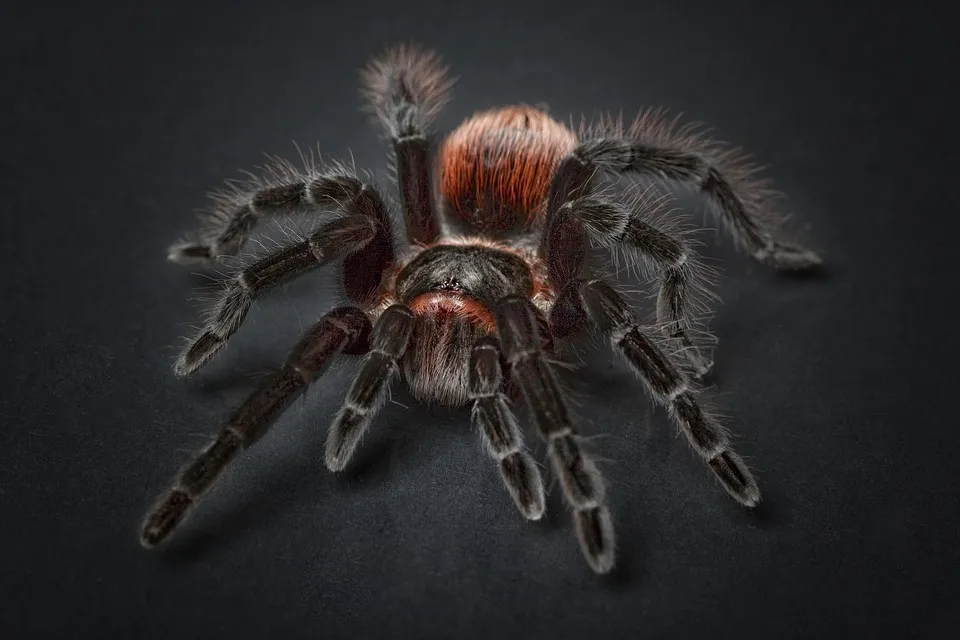The Cuban Bronze Tarantula (Cyclosternum schmidti) is a captivating species, known for its beautiful coloration and relatively docile temperament. Successfully keeping a Cuban Bronze Tarantula as a pet requires understanding its specific needs. This guide provides the top 5 care tips to ensure your tarantula thrives in its new home. Following these guidelines will not only keep your tarantula healthy but also provide you with an enjoyable and rewarding experience.
Habitat Setup
A well-designed habitat is essential for the Cuban Bronze Tarantula’s well-being. The enclosure should mimic its natural environment to encourage natural behaviors and minimize stress. Consider the following key elements for a perfect habitat, because a comfortable environment is fundamental to a thriving tarantula. A proper habitat provides security and facilitates the natural behaviors of your Cuban Bronze Tarantula, like burrowing and hunting.
Enclosure Size and Type
The enclosure should be appropriately sized for your tarantula’s current and projected size. A juvenile Cuban Bronze Tarantula can start in a smaller enclosure, like a 5-gallon tank, but an adult will need a larger one, such as a 10-gallon or even larger depending on the size of the tarantula. Ensure the enclosure has a secure lid to prevent escape. Glass or clear plastic enclosures are ideal because they allow for good visibility and easy temperature and humidity control. Ventilation is also critical, so the enclosure needs some cross-ventilation to avoid stagnant air and potential mold growth.
Substrate Selection
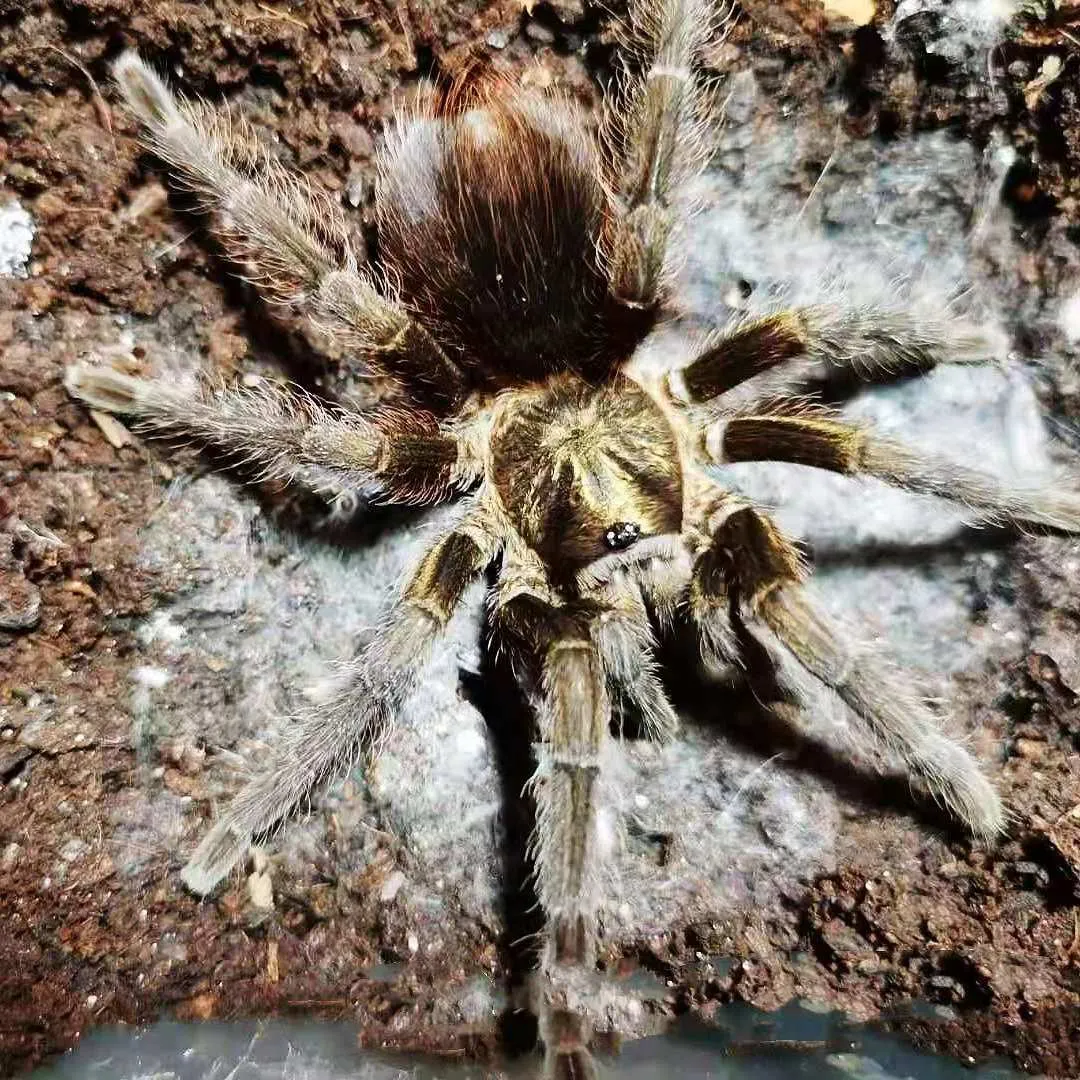
The substrate provides a comfortable surface for your tarantula, helps maintain humidity, and allows the tarantula to burrow, which is a natural behavior for this species. A substrate mix that retains moisture but doesn’t become waterlogged is best. A mixture of peat moss, coconut fiber, and a small amount of vermiculite works well. The substrate should be deep enough – several inches – to allow for burrowing. Avoid substrates that can mold easily or are treated with chemicals.
Temperature and Humidity Control
Cuban Bronze Tarantulas thrive in a specific range of temperature and humidity. Maintain a temperature between 75°F and 85°F (24°C and 29°C). A heat mat placed on the side of the enclosure (never directly underneath) can help maintain temperature. Humidity levels should be kept between 65% and 75%. Use a hygrometer to monitor humidity. Increase humidity by misting the enclosure with water, but avoid over-misting to prevent mold growth. Proper ventilation is also key to avoid trapping too much humidity.
Feeding Your Cuban Bronze Tarantula
Proper feeding is crucial to the health and growth of your Cuban Bronze Tarantula. Understanding its dietary needs ensures it receives the necessary nutrients. This will promote healthy molts and a long lifespan. A well-fed tarantula is a happy tarantula, and a well-fed tarantula is also more likely to display its natural hunting behaviors, which can be fascinating to observe. The frequency and type of food depend on the tarantula’s age and size.
What to Feed

Cuban Bronze Tarantulas are primarily insectivores. Provide a variety of insects to ensure a balanced diet. Crickets, roaches, mealworms, and even small spiders are suitable. Ensure the insects you offer are gut-loaded (fed nutritious food) before offering them to your tarantula. This increases the nutritional value of the prey, benefiting the tarantula. Avoid feeding insects caught outdoors, as they may carry pesticides or parasites.
Feeding Frequency
The feeding frequency depends on the tarantula’s age and metabolism. Spiderlings (young tarantulas) should be fed 2-3 times a week. Juvenile tarantulas can be fed once or twice a week, and adult tarantulas typically need feeding only once a week or even less frequently. Adjust the feeding schedule based on your tarantula’s body condition and appetite. Always remove uneaten prey within 24 hours to prevent stress and potential harm to the tarantula.
Watering and Hydration
Water is essential. Always provide a shallow water dish with fresh, clean water. Ensure the water dish is small enough to prevent the tarantula from drowning. Alternatively, you can mist the enclosure regularly, especially during molting, to provide hydration. The frequency of misting depends on the humidity levels and the substrate type. Always monitor the tarantula’s behavior and hydration level.
Handling and Safety Precautions
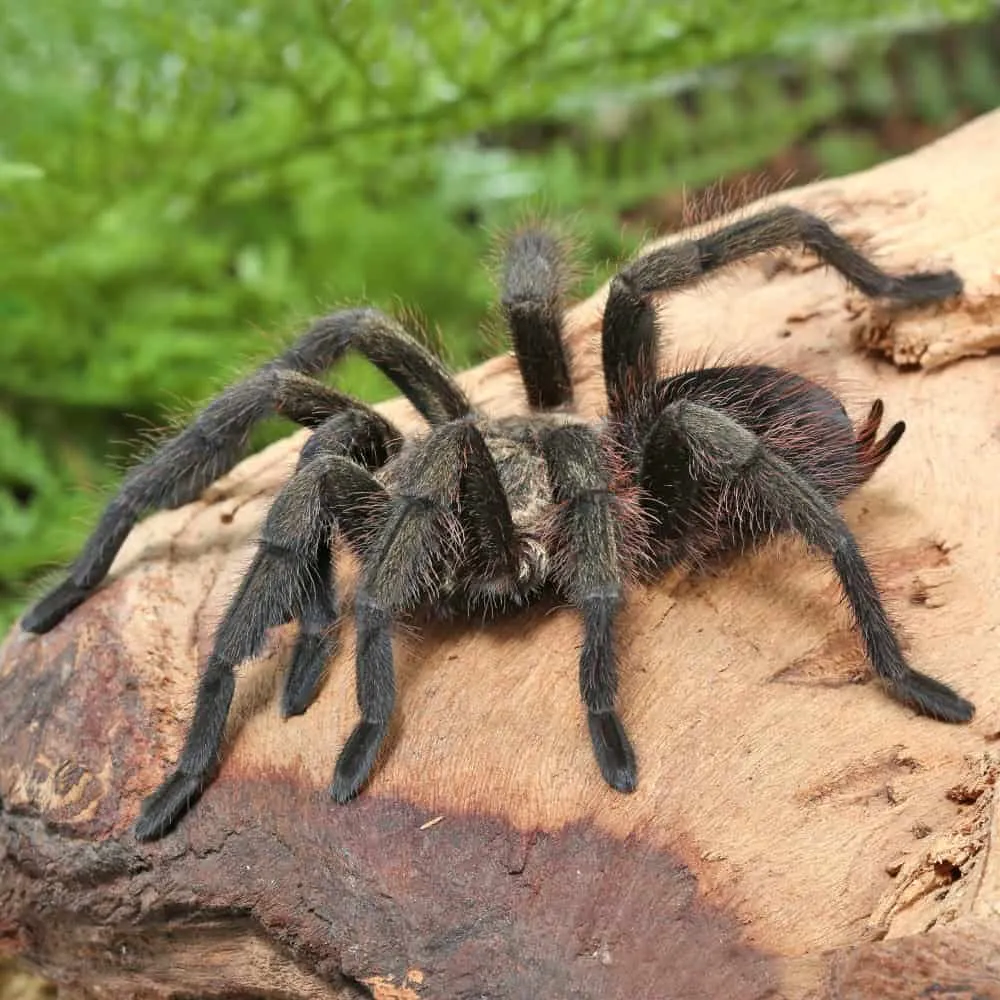
While Cuban Bronze Tarantulas are relatively docile, handling them should be done with caution. Tarantulas can be easily injured if dropped. They can also become stressed and may exhibit defensive behaviors like biting or flicking urticating hairs. Understanding your tarantula’s behavior and taking appropriate precautions is key to ensuring both your safety and the tarantula’s well-being. Handling should be kept to a minimum.
Understanding Tarantula Behavior
Observe your tarantula’s behavior to understand its mood. A defensive tarantula will often raise its front legs, rear up, and may flick its urticating hairs. A stressed tarantula might also move erratically or try to escape. Recognizing these signs will help you avoid potential bites or discomfort. Be aware that tarantulas may bite if they feel threatened or if they are startled.
Safe Handling Practices
If you must handle your tarantula, do so close to the ground or a soft surface to minimize the risk of injury if it falls. Use a soft brush to gently coax the tarantula onto your hand, avoiding sudden movements. Always wash your hands thoroughly before and after handling. Never handle your tarantula if you have recently used hand sanitizers or lotions, as the chemicals may be harmful. Avoid handling your tarantula during molting, as they are more vulnerable and stressed during this period. Avoid touching the tarantula’s fangs.
Health and Maintenance
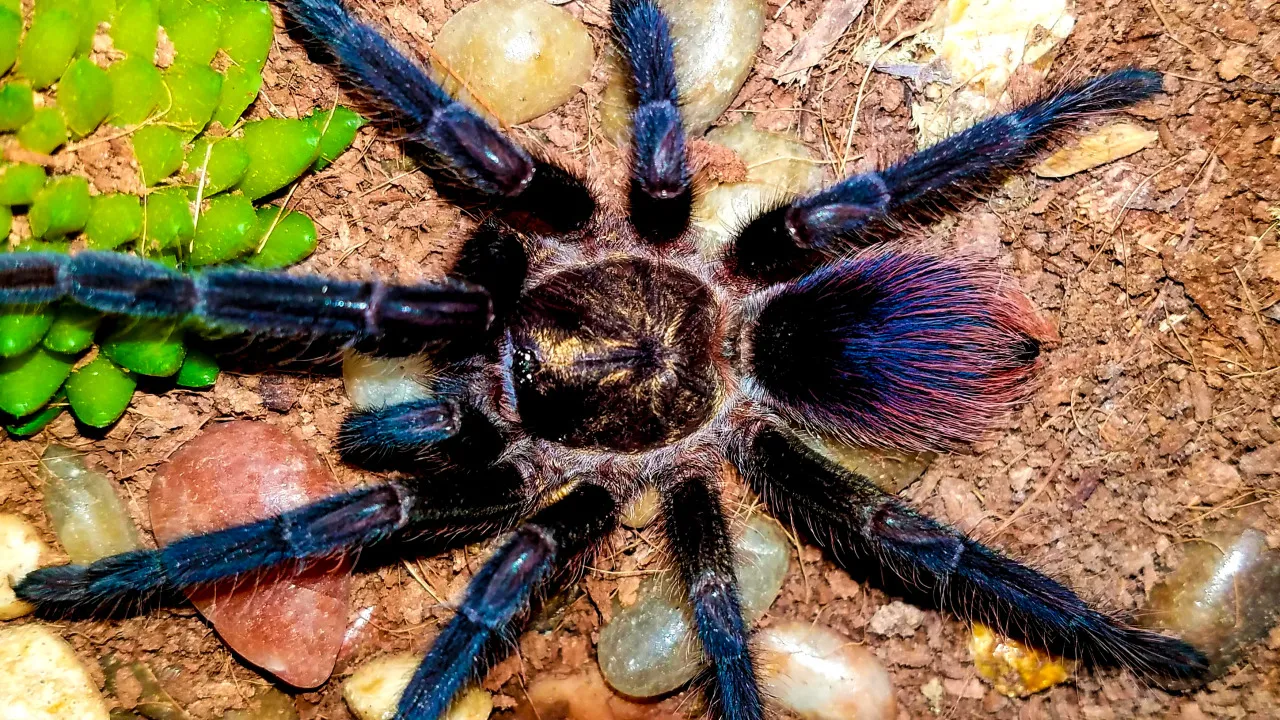
Regular maintenance of the enclosure and attention to your tarantula’s health are critical for a long and healthy life. Monitoring your tarantula’s condition and quickly addressing any issues is essential. A proactive approach to tarantula care will minimize the chances of health problems, and ensuring its living environment is clean and suitable is key to preventing diseases. A healthy tarantula is much more enjoyable to observe, so keep an eye on your pet.
Identifying Common Health Issues
Be vigilant about observing your tarantula for signs of illness. Look out for loss of appetite, lethargy, or changes in behavior. Check the tarantula for any external parasites, such as mites. Mites can cause significant stress. If you notice any signs of illness, isolate the tarantula, and consult a veterinarian experienced in exotic animals. Dehydration is also a common issue, so ensure your tarantula has access to clean water.
Regular Enclosure Cleaning
Keep the enclosure clean to prevent mold growth and bacterial infections. Remove any uneaten food, shed exoskeletons, and feces regularly. Spot clean the substrate as needed. Complete substrate changes every 6-12 months, depending on the size of the enclosure and the amount of waste. When cleaning, use non-toxic cleaning products and ensure the enclosure is completely dry before returning the tarantula.
Molting Process
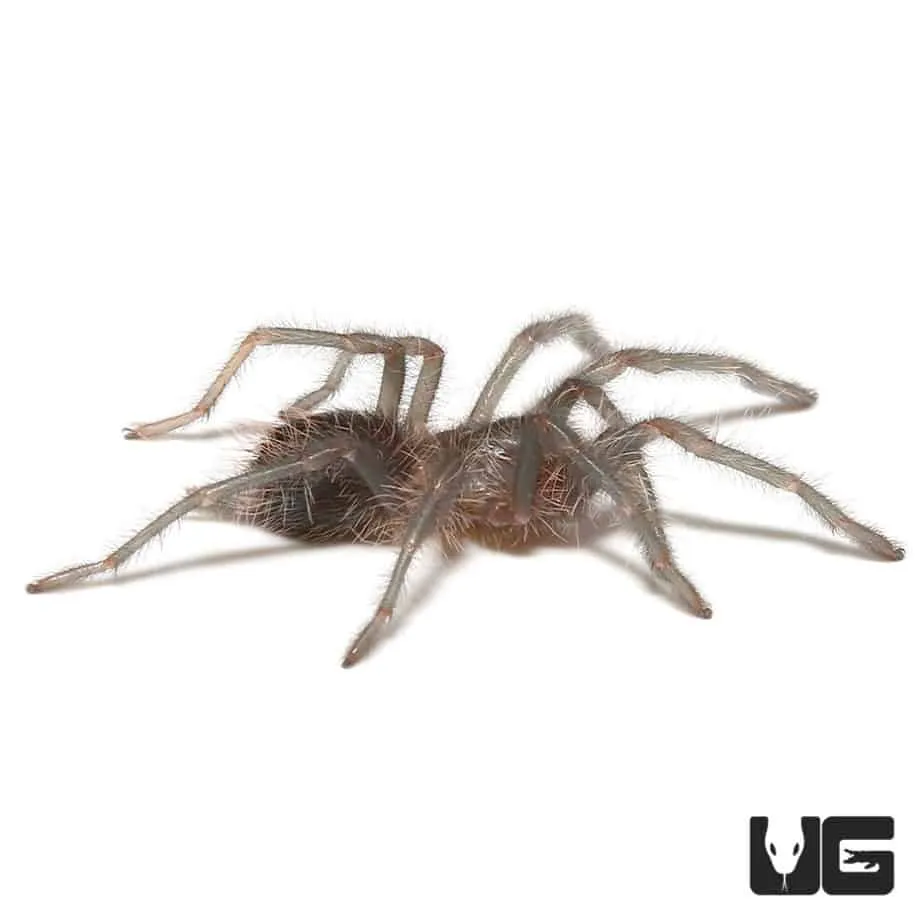
Molting is a natural process where the tarantula sheds its exoskeleton to grow. During molting, the tarantula is extremely vulnerable. Avoid disturbing your tarantula during this time. Provide a moist environment, which helps facilitate the molting process. After molting, the tarantula’s fangs and body will be soft, and it will take some time for the exoskeleton to harden. Do not feed the tarantula until its fangs have hardened. The molting process indicates growth.
Creating a Stress-Free Environment
Minimizing stress is essential for a happy and healthy Cuban Bronze Tarantula. A stress-free environment will promote natural behaviors and reduce the risk of health problems. Observe your tarantula for signs of stress and make adjustments to the environment to alleviate the stress. Providing security and minimizing disturbances is important for its well-being. Stress can weaken your tarantula, making it more vulnerable to disease or injury.
Providing Hiding Places
Tarantulas are naturally secretive creatures that feel secure in a hiding place. Provide your Cuban Bronze Tarantula with a hide, such as a cork bark, a hollow log, or a pre-made hide. The hide should be large enough for the tarantula to fit comfortably but still feel enclosed and safe. Ensure the hide is stable and won’t collapse. A hide provides a sense of security, which will reduce stress and encourage the tarantula to display its natural behaviors.
Avoiding Disturbances
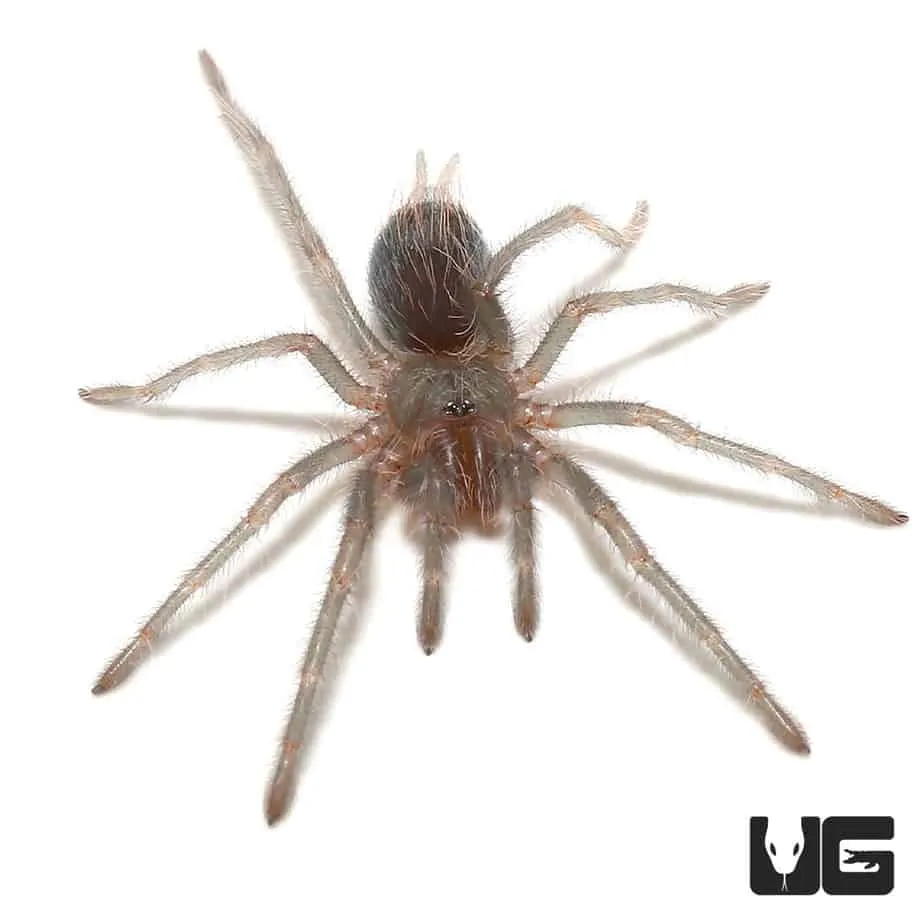
Avoid placing the enclosure in a high-traffic area, where it may be subject to vibrations and noise. Keep the enclosure away from direct sunlight or drafts. Minimize handling, especially during molting or after feeding. Provide a consistent environment, with regular feeding and watering schedules. Be mindful of sudden changes in temperature or humidity. Minimizing disturbances will help your tarantula feel safe and secure, leading to a longer lifespan.
Following these top 5 care tips, you can create an ideal habitat for your Cuban Bronze Tarantula, ensuring it thrives and remains a fascinating pet for years to come. Remember that responsible pet ownership is key. Always research and stay informed about the specific needs of your tarantula, and enjoy the unique experience of caring for this amazing creature.
